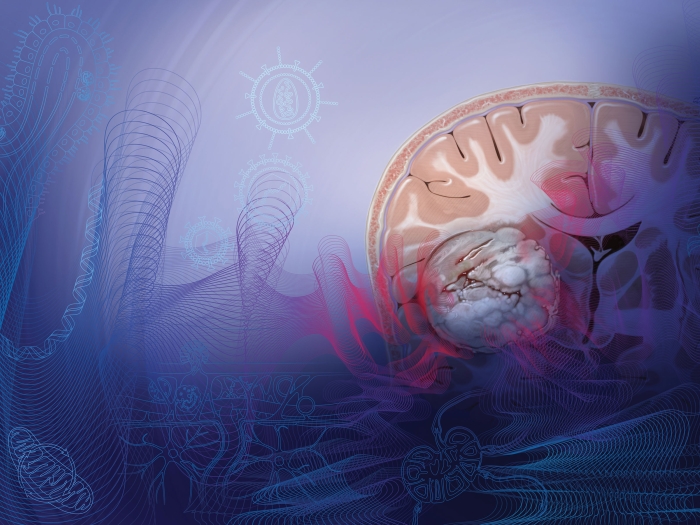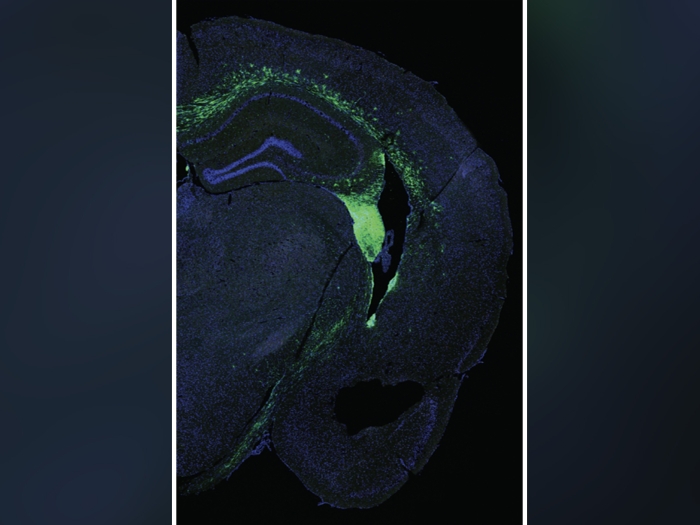University of Michigan C.S. Mott Children’s Hospital receives $1.5M gift to support work to improve congenital heart care
Author |
The Children’s Heart Foundation, the nation’s leading organization dedicated to funding congenital heart research, has announced a new partnership to advance the diagnosis, treatment, and prevention of congenital heart defects.
The foundation has committed $1.5 million in funding over the next five years to the University of Michigan Congenital Heart Center at C.S. Mott Children’s Hospital to support large-scale research and quality improvement initiatives led by Cardiac Networks United.
Congenital heart defects are the most common type of birth defect, affecting nearly 40,000 newborns in the U.S. every year— which equates to one child every 15 minutes. Although outcomes have improved considerably over the past few decades, many children still experience significant health issues over the course of their lifetime.
To address these challenges, leaders from across the country collaborated to form Cardiac Networks United with the goals of accelerating scientific discovery and improvements in congenital heart care. The initiative brings together data, expertise, and resources spanning several congenital heart networks and includes nearly two-thirds of U.S. congenital heart programs (85 hospitals).
The network is led by Mott pediatric cardiologists Sara Pasquali, M.D. and Michael Gaies, M.D., and Cincinnati Children’s Hospital Medical Center pediatric cardiologist Jeffrey Anderson, M.D.
“Improving outcomes for patients with congenital heart disease requires scientific discovery focused not only on the short-term but on key outcomes across the lifespan, and efforts to translate new science into tangible improvements in care at the bedside” says Pasquali.
“The Children’s Heart Foundation has led the way in funding research that enables patients with congenital heart disease to live longer, healthier lives, and we couldn’t think of a better partner in this exciting work.”
Through the new collaboration between The Children’s Heart Foundation and Cardiac Networks United, organization leaders strive to make a lasting impact on the lives of patients and families impacted by congenital heart disease.
“This partnership means very simply that researchers in the congenital heart space will be able to access the data needed to move the most promising and impactful research forward in a quicker, more efficient manner,” said Barbara Newhouse, CEO of The Children’s Heart Foundation.
“And that means saving more children as well as having those same children grow into young adults who are living with a strong quality of life. Thank you Cardiac Networks United for the incredible work you are doing.”
###
About The Children’s Heart Foundation
The Children’s Heart Foundation is the country’s leading national organization solely committed to funding congenital heart defect (CHD) research. The mission of The Children’s Heart Foundation is to fund the most promising research to advance the diagnosis, treatment, and prevention of congenital heart defects. Since its inception, The Children’s Heart Foundation has funded more than $11.1 million dollars of CHD research. For more information, please visit www.childrensheartfoundation.org. Follow us on Facebook, Instagram, and Twitter.
About Cardiac Networks United
Cardiac Networks United aligns and integrates efforts across networks in pediatric and congenital heart disease to foster novel science and accelerate translation to improvements in care. Formed in 2017, Cardiac Networks United is a “networks of networks” providing infrastructure for discovery and improvement work to participating networks and hospitals which is scalable to accommodate a diverse group of collaborative partners and data sources. The 5 founding networks represent more than two thirds of all US congenital heart centers and span multiple phases of care across the lifespan. To learn more visit: https://cardiacnetworksunited.org

Department of Communication at Michigan Medicine





